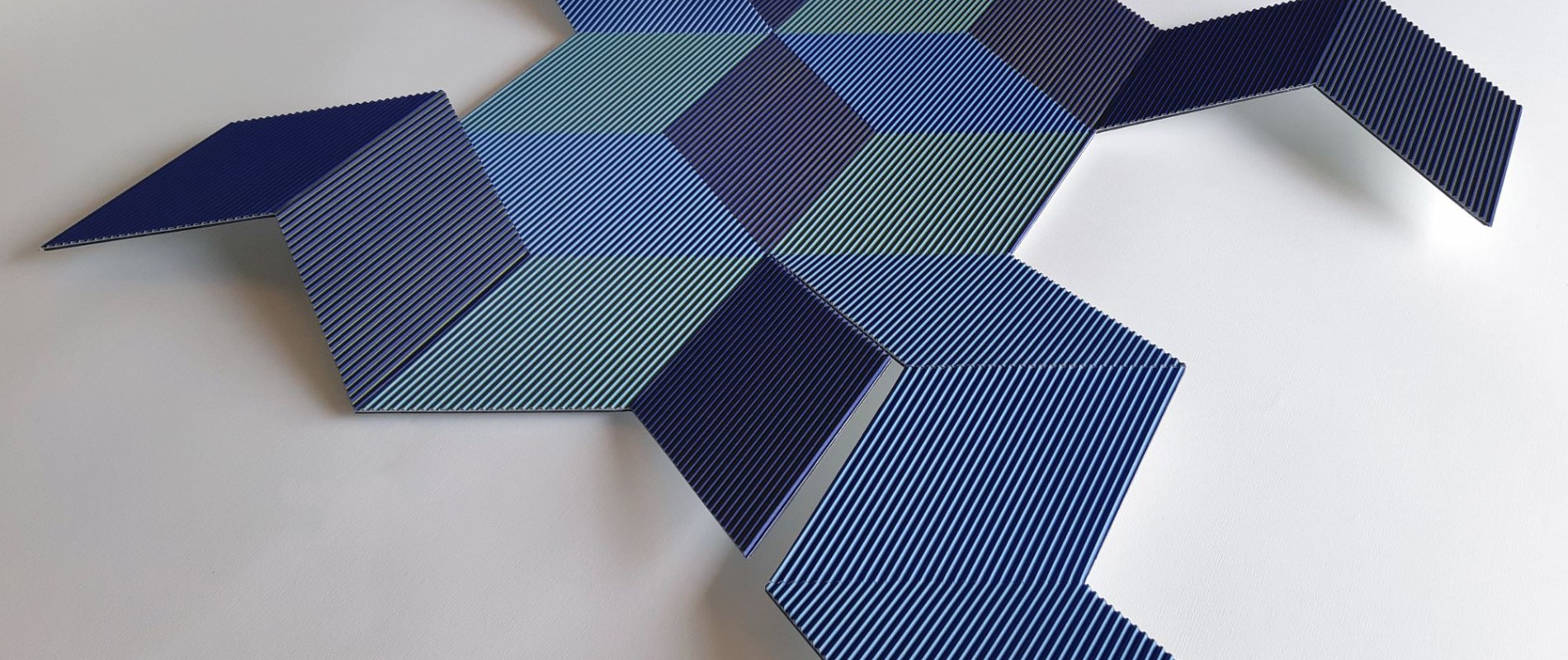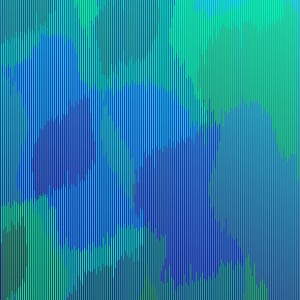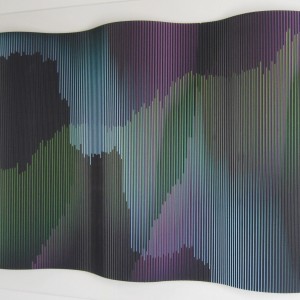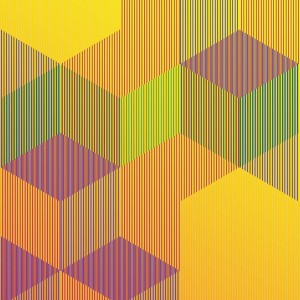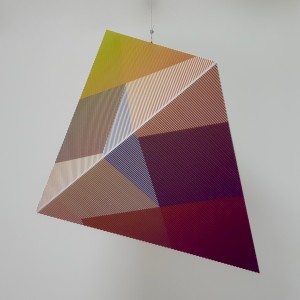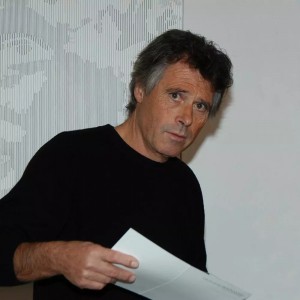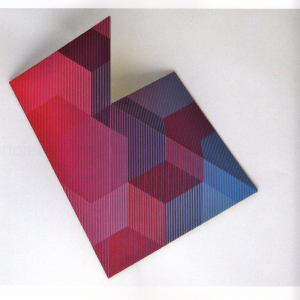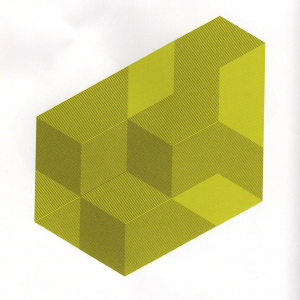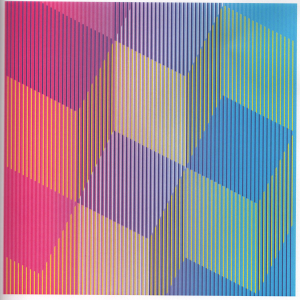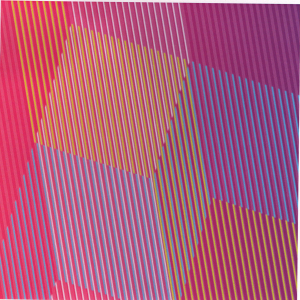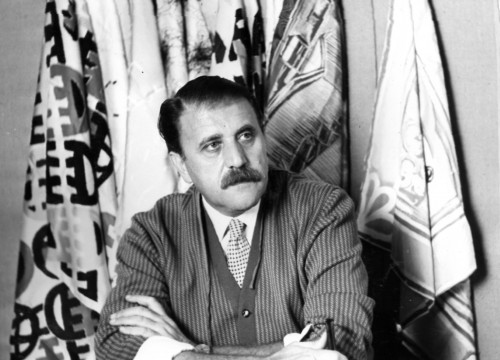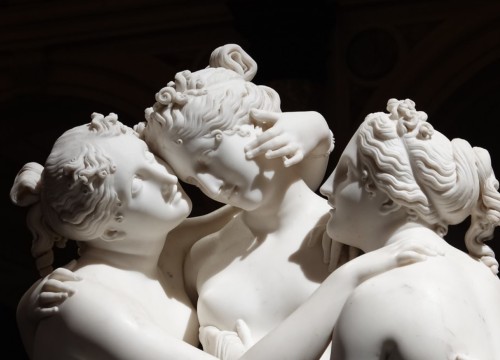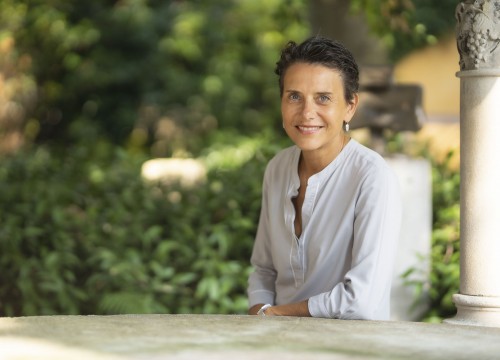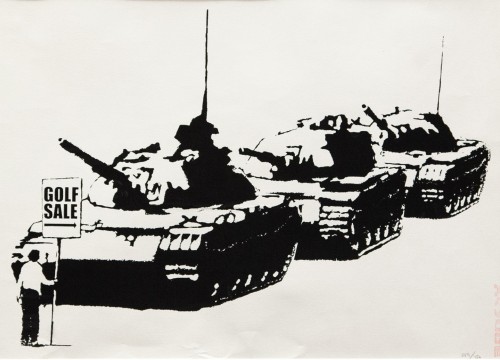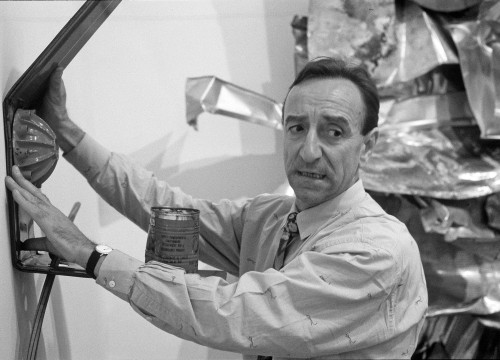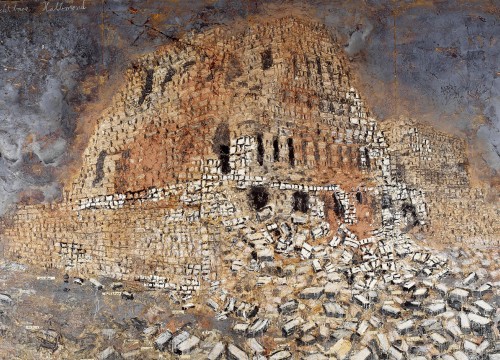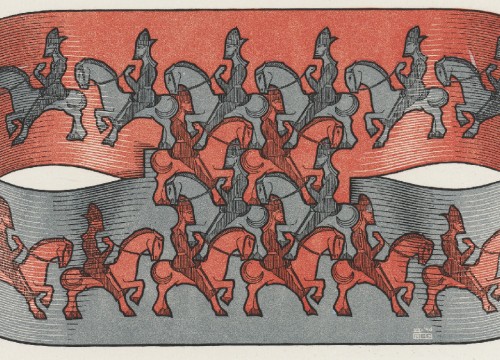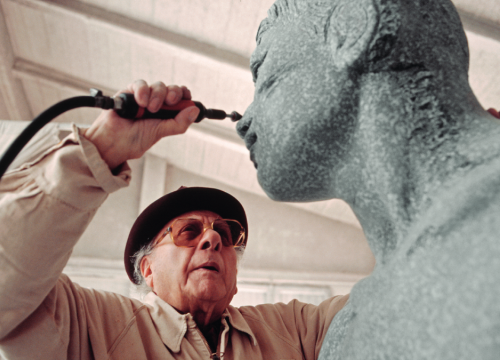Spotlights on Sandi Renko
For the artist creating art means sinking into the certainty of a pre-defined, controlled and rigorous line
Trieste has always been a border town with recognised intellectual freedom: Sandi Renko, born in 1949, Paduan by adoption but Triestine by birth, he experienced cultural ferment at a time when, between the end of the ‘60s and the following decade, protest and emergence took on a new meaning. He experienced these crucial moments imbued with mixed feelings, never entirely alien to one another: that which wanted him to be a high end designer, and that which celebrated him as a most refined artist. In both, Renko still maintains an enviable balance between pure research and aesthetic functionality. In fact, as he recalls, the useful object lives for its function, even if it reflects the feeling of the era that produced it and this feeling cannot be anything other than art.
He organizes tonal development on the contrast of opposites: black/white, full/empty, light/dark
He adheres almost naturally to programmed art, sometimes in the form of optical or kinetic art, within a broader container that is visual art. For him, making (programmed) art means stripping away the instinct to sink into the certainty of the predefined, controlled, rigorous line. The result is an infinite grid of two-dimensional geometric solutions which, in full organic development, define the world around him through segments, sections, strings, agglomerates of polygons and uniform shapes. He goes even further: by choosing the square as his basic form, he generates a fusion between creation and creativity, guaranteed by the intellectual solidity of this geometric shape and its infinite graphic transformations.
The square, therefore, developed in relation to its projection on the two-dimensional plane, invades space, giving life, thanks to superimpositions and interweaving, to a rich texture in continuous development: the cube thus becomes pure illusion, stunning the eye with double, triple and multiple realities while deceiving it as to its beginning and end. Color completes the work, in primary or complementary colour patterns which vary according to one’s point of view.The surfaces, shapes, forms, “extroflections” and the sculptures: each of Renko’s works has a simplicity of design. The elements are essential, recognisable, measured.
The square invades space with interwoven layers and constantly evolving textures
They have to do with a humble material – corrugated cardboard (canneté) used for industrial packaging - which, due to its double concave and convex surface, has the ability to modulate the line drawn by the acrylic marker, the brush or the Indian ink, according to clear, well-defined luminous vibrations that become short, medium and long range chromatic waves. It is precisely in the matrix of the geometric shape, in the intersections of the three-dimensional cube projected onto the plane, that Renko organises his tonal development, generated by the contrast between opposites (black/white, full/empty, light/dark) and precisely determined by the theory of colour and shadow.
Life
Of Italian/ Slovenian origin, Sandi Renko (Trieste, 1949) lives and works between Padova and Trieste. He started drawing while at the Nordio Institute of Art where he learned from teachers such as the sculptor Ugo Carà, the designer Marcello Siard, Miela Reina and Enzo Cogno, young leaders in the avant guard of Trieste. At the beginning of the seventies, he moved to Padova where he opened a design studio which specialized in visual communication and art direction and collaborated with business leaders of the sector. In Padova he met Edoardo Landi and stimulated by the artistic and intellectual group N, he participated in collectives, happenings and outdoor exhibitions and events. He consolidated his affinity with programmed and optical art, thus defining his technique and artistic language. At the same time, he continued design and art projects with equal rigour and technique, with creations of great clarity and balance in both fields. Encouraged by Alberto Biasi, he intensified his artistic production and regularly exhibited in group shows with various artists including Sara Campesan, Franco Costalonga, Jorrit Tornquist as well as in numerous one-man shows in Italy, Slovenia and Austria.

